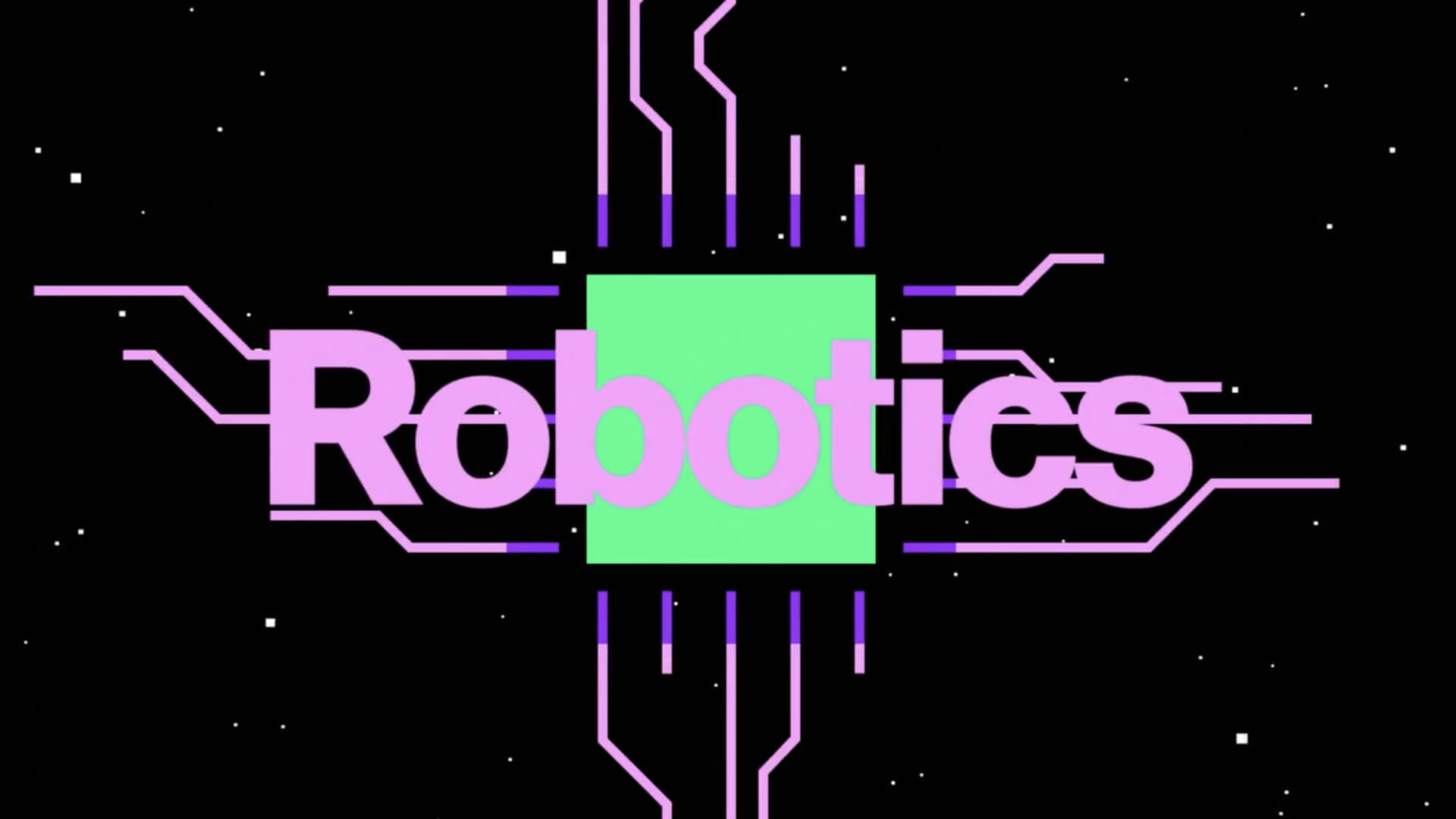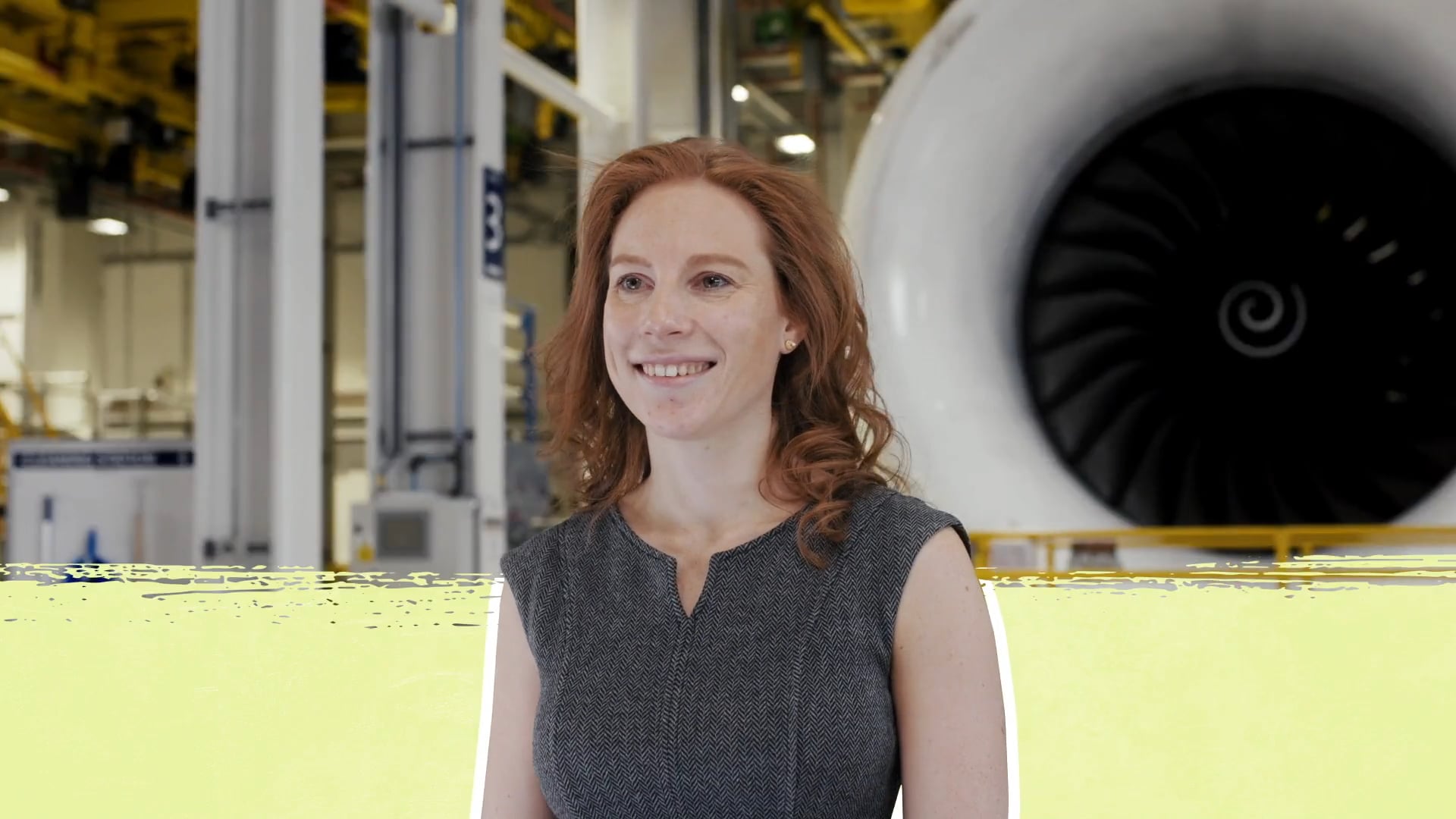Any style. Any format. Anywhere.
Think how much video you see every day. TVs and phones, sure. But also at the bus stop. On the bus itself! On billboards, on headsets. Projected onto the Empire State Building. The world is a screen.
And you’re not just clicking play. You’re commenting, interacting, swiping, gaming...
We’ll make it happen for you.
FAQs
What are the 5 types of animation?
There are 5 main styles of video that an animation studio will create - cel animation, 2D animation, 3D animation, stop motion animation and motion graphics. Animation studios might also play their part in the production of live stream or VR 360 content.
You may be looking for a simple type based animation, or perhaps something more complex, abstract and shape based. Your animation could be full of character, or even be a collage. We will work with you to find a style which best suits your brand and budget. 2D animation is the most popular type of animation we work with at Casual, it is versatile and can bring your messaging to life in a number of ways.
3D animation is a type of animation where objects are made in a three-dimensional and can be moved and rotated like a real object can. 3D animation is commonly used for visual effects in films and TV, gaming and VR, but is a great tool for product videos.
3D animations in films involve a variety of stages, including modeling, rigging, texturing, coloring and lighting. 3D animation can be photorealistic or stylised.
3D animation can be a tool to visualize products that are still in development or manufacture, and also a way to take viewers to spaces that cameras are unable to reach such as inside machinery and electronics.
Stop-frame / stop-motion animation
Stop motion is a style of animation where films are created by photographing objects or characters which are moved in stages. Animation software then stitches the imagery together and plays them back sequentially to create the film. Stop motion animations can be described in different ways depending on the medium used to create the film.
The term cutout animation usually refers to films that are made using flat materials such as existing photography, papers or fabrics.
Claymation is used to describe films made out of plasticine or modeling clay.
Stop motion films can also feature live actors, this is called pixelation .
The animation workflow follows the below stages:
Animation Pre-production
Scripting and creative development- During this stage we develop the concept for your film and a script. This script will be accompanied with visual descriptions to give you an idea of what will be happening on screen. At this stage we would also create style frames so you are able to see how scenes may look.
Storyboarding. Once a script and a style are approved we move onto storyboarding. This is the blueprint of your film. During this stage we plan out visually each scene of the animation through a series of pencil sketches, planning transitions and where assets will be placed on screen.
Animation - Production
Artworking. Once the storyboard is approved we can begin creating the final artwork for your film, creating scenes and rigging characters.
Animation. Once all the assets are created it’s time to bring your film to life - The exciting bit! Over the course of three stages we fully animate your film.
Animation Post-Production
Sound Design- Sound design is the final stage of the process. Alongside a music track our sound engineer will add sound design to compliment and highlight action on screen. These final elements bring the final animation to life even more.
Animated asset creation
Assets for animation can be used for multiple purposes beyond the final film. You can reformat artwork for wider campaign purposes. You can use artwork to create social banners, gifs, and stills for websites or mailers. You can use artwork as a way to continue promoting your messaging without continually sharing the same content. Animated assets may also exist already as part of a companies brand toolkit.
How much does it cost to get an animated film made?
Unlike a live action production, an animated film doesn’t necessarily require locations, sets, lighting and actors. So the scale of content that animation studios produce can start really small with simple CG explainer animations, right up to all singing, all dancing stop motion productions.
How do I improve audio quality in videos?
As well as using a soundie on set to capture quality audio, the audio engineer plays a vital role in the post production process to adjust all of the audio levels and add any sound effects and audio flourishes. These work hard to tie the audio and video together. They will also make sure that the music that has been chosen or composed fits to the pacing of the video perfectly.
Location Sound Recording
Dialogue is the single most important element of sound in any video, it’s what gets your message directly to the viewer. Capturing great sound on set is a full time job, the sound recordist will be constantly monitoring audio to make sure that it’s free of any unwanted noise like clothing rustle or overhead planes. It’s also their responsibility to make sure microphones are well placed, hidden out of view but still close enough to give a natural sounding recording.
The main focus for sound recording on set is always dialogue, any other sound in the environment like passing cars, footsteps or opening doors can be added afterwards in post production.
Voiceovers
A great voiceover is one that not only gives information to the viewer, but also gives them a sense of your brand and conveys emotion. You might want the viewer to feel reassured that they’ll be in safe hands with your services, or that they’re hearing about a new product from a trusted friend. The delivery of the script will frame how the viewer thinks about the information they’re given.
At Casual, we get the most out of our voiceovers by directing sessions as a team with our clients, keeping the message on brand.
Voiceover Talent Management
Sourcing the right artist for your video can be tricky, but between our extensive industry experience and wide ranging network of talent, we can help your brand find its voice. We’re able to offer options and direction that you may not have thought of, in order to make your video more engaging and stand out from the crowd.
Audio Mixing and Sound Design
The sound mix is where your video really starts to come to life and becomes a polished product. We take the dialogue recorded on set and clean it up, correcting for an echoey room or removing background noise. We apply EQ to make things sound more natural and improve intelligibility. If there’s music in the video we smoothly lower the volume when there’s dialogue so that two elements aren’t fighting for attention.
Edits that have been made already by the editor are looked at in much more detail, for example, we might very subtly change the speed of the music so that key hits match up precisely with the visuals.
We’ll also add sound design at this point, particularly if it’s an animation. This means placing in extra sound effects like whooshes to lend more weight to movement or rising tones to increase tension. We’ll also put in sound effects for things visible in the video that didn’t have sound recorded for them on set. Adding in footsteps and suitable background atmospheres like the hubbub of a cafe or gentle birdsong can really heighten the authenticity of the video for the viewer.
For animation, sound design can really complement the visuals and bring them to life. We have a blank canvas, and the sounds we choose to add don’t necessarily have to be realistic. We may want to use sounds that have a more playful quality or that evoke cutting edge, futuristic technology.
Music Composition
The best way to evoke an emotional response from the viewer is to use a music track to frame your message. Whether you simply need to grab people’s attention with something high energy and fun, or set a more contemplative tone, music is the best tool for the job.
At Casual, we search a wide variety of premium production music libraries to find the right track for your video. However, sometimes you need something more bespoke. In those situations we’re also able to compose a custom music track in house to give your video it’s own unique voice, perfectly complementing the visuals. A composed track enables us to tightly synchronize the music and the visuals, emphasizing key points in the video, resulting in a final product that is more engaging and effective.


.jpeg?width=1920&height=1080&name=null-thumbnail%20(19).jpeg)

.jpeg?width=1920&height=1080&name=null-thumbnail%20(20).jpeg)

.jpeg?width=1920&height=1080&name=null-thumbnail%20(22).jpeg)
.jpeg?width=1280&height=720&name=null-thumbnail%20(21).jpeg)
.jpeg?width=1920&height=1080&name=null-thumbnail%20(24).jpeg)
.jpeg?width=1920&height=1080&name=null-thumbnail%20(25).jpeg)
.jpeg?width=3840&height=2160&name=null-thumbnail%20(27).jpeg)

.jpeg?width=1920&height=1080&name=null-thumbnail%20(26).jpeg)
.jpeg?width=1920&height=1080&name=null-thumbnail%20(42).jpeg)
-2.jpeg?width=1920&height=1080&name=null-thumbnail%20(1)-2.jpeg)
.jpeg?width=3820&height=2148&name=null-thumbnail%20(29).jpeg)

